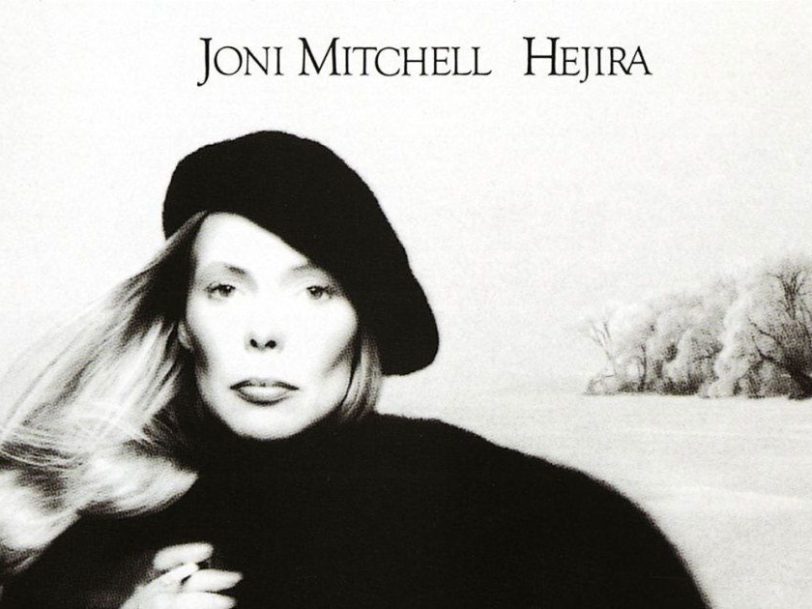“Running away with honour.” That was how Joni Mitchell summed up the title of her 1976 album, Hejira. She found the word by flicking through a dictionary, noted that it was derived from the Arabic “hijrah”, and was particularly drawn to the look of it. The swing of the letter “j” especially shaped her feelings about the album. “It’s leaving the dream, no blame,” she said.
Leaving, right from one of the first songs Joni Mitchell wrote (the self-explanatory Urge For Going), has been a constant presence – as threat, or potential escape route – in her music. After all, she had moved away from Canada; she had divorced; she had placed her daughter for adoption; she had left cities, lovers, and (most recently) a tour, cancelling several dates promoting The Hissing Of Summer Lawns in order to protect her mental health. She knew leaving wasn’t easy, but she also knew it wasn’t always selfish, no matter how it may look to others.
“To me, the whole ‘Hejira’ album was really inspired”
Escape also implies movement, and Mitchell had experienced plenty of that lately. As well as her own partially-abandoned tour, she been on the bill as part of Bob Dylan’s 1975 Rolling Thunder Revue. She had also undertaken a personal road trip, partially on her own; during it, she did not have a driver’s license, gave false names and wore a wig. Through the flux, she wrote new songs. Their titles were wild, itinerant: Refuge Of The Roads, Blue Motel Room, Coyote.




